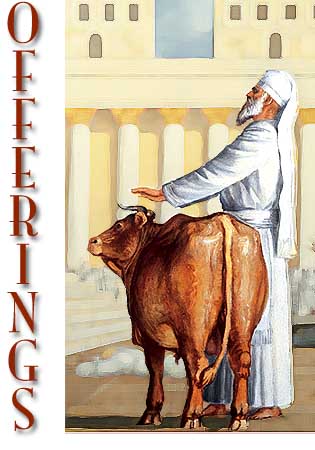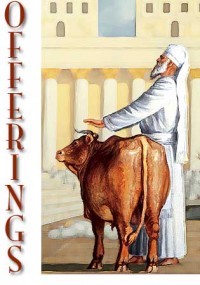 Part of the purpose of the sacrificial system in the Hebrew Scriptures was to provide for the priests when they had no other means of providing for themselves. As I have indicated previously, many of them had “jobs” in their home towns, which provided food and clothing for themselves and their families, but when they went to serve in the Temple for two weeks a year, part of the meat of the sacrifices went to feed the priests.
Part of the purpose of the sacrificial system in the Hebrew Scriptures was to provide for the priests when they had no other means of providing for themselves. As I have indicated previously, many of them had “jobs” in their home towns, which provided food and clothing for themselves and their families, but when they went to serve in the Temple for two weeks a year, part of the meat of the sacrifices went to feed the priests.
In other words, the sacrificial system was partially intended to meet the physical needs of others who would have gone hungry otherwise.
Yet historians and archaeologists tell us that in the days of Jesus, the Temple Priesthood had come to own acres and acres of wheat fields. And since the wheat from these fields was consecrated and holy to the Lord, the priests hoarded it all for themselves and for the other temple workers. The average person was not holy enough to eat it. Furthermore, due to a complex system of money-changing, sacrificial inspection policies, and heavy taxation by the Temple (called a Tithe), some of the priests in the days of Jesus had become quite wealthy. Furthermore, they had leveraged the religious laws to make themselves even more rich by requiring ever-increasing tithes and offerings from the people.
Isn’t it sad that the laws which were originally intended to help the priests who had very little, eventually were used to help the priests amass wealth for themselves from people who already had very little to begin with.
The situation had reversed, but the laws had not, and so the Priests continued to use the laws to their own advantage, at the expense of other people. When the poor and hungry came and brought their tithes and offerings, while the rich religious rulers took it all, and gave nothing but a blessing and a prayer in return.









